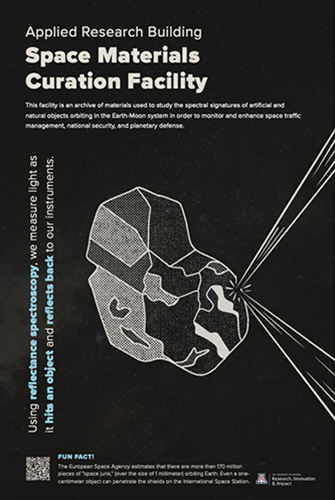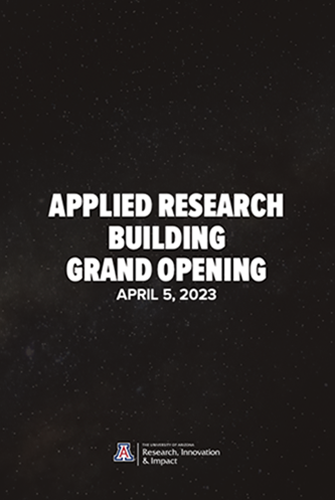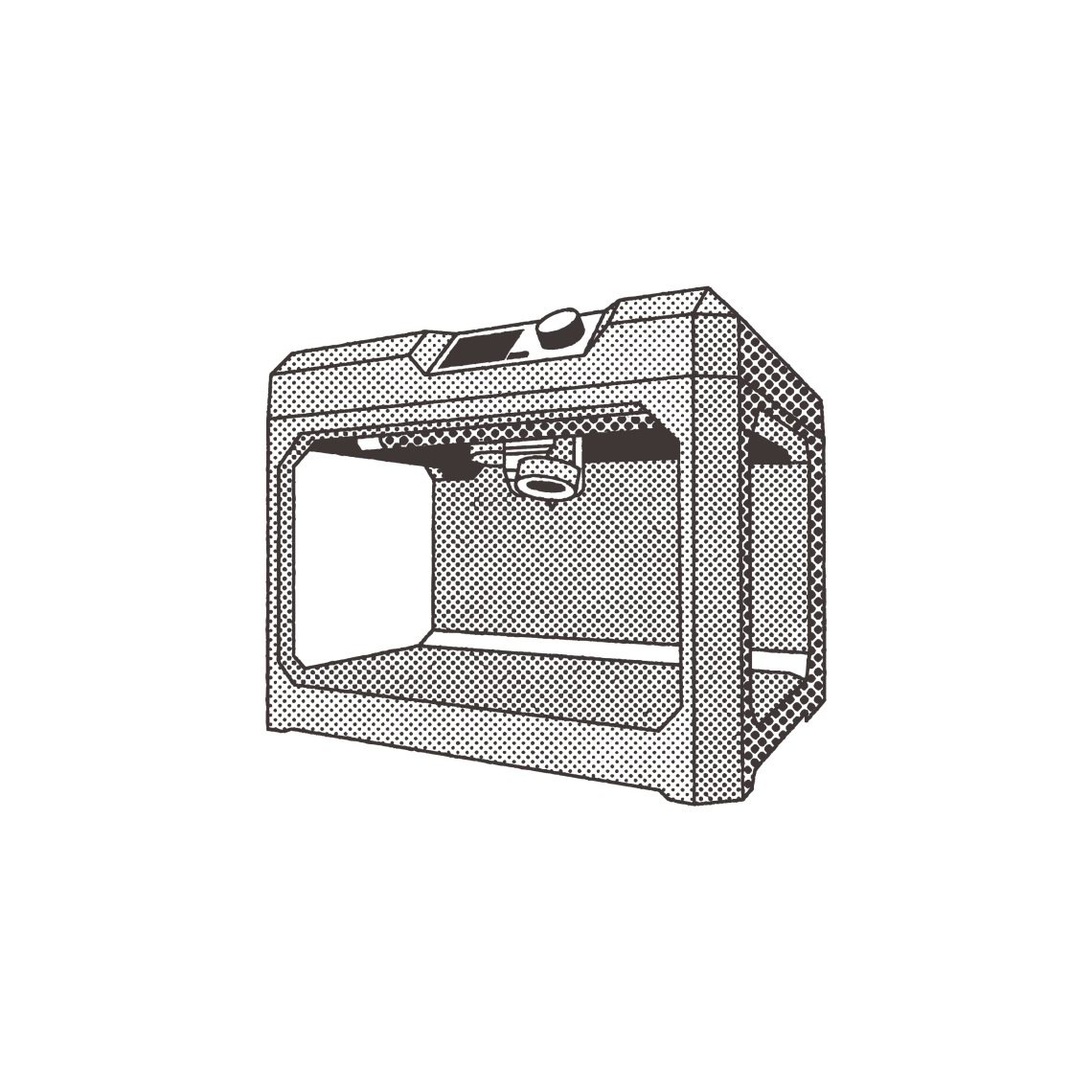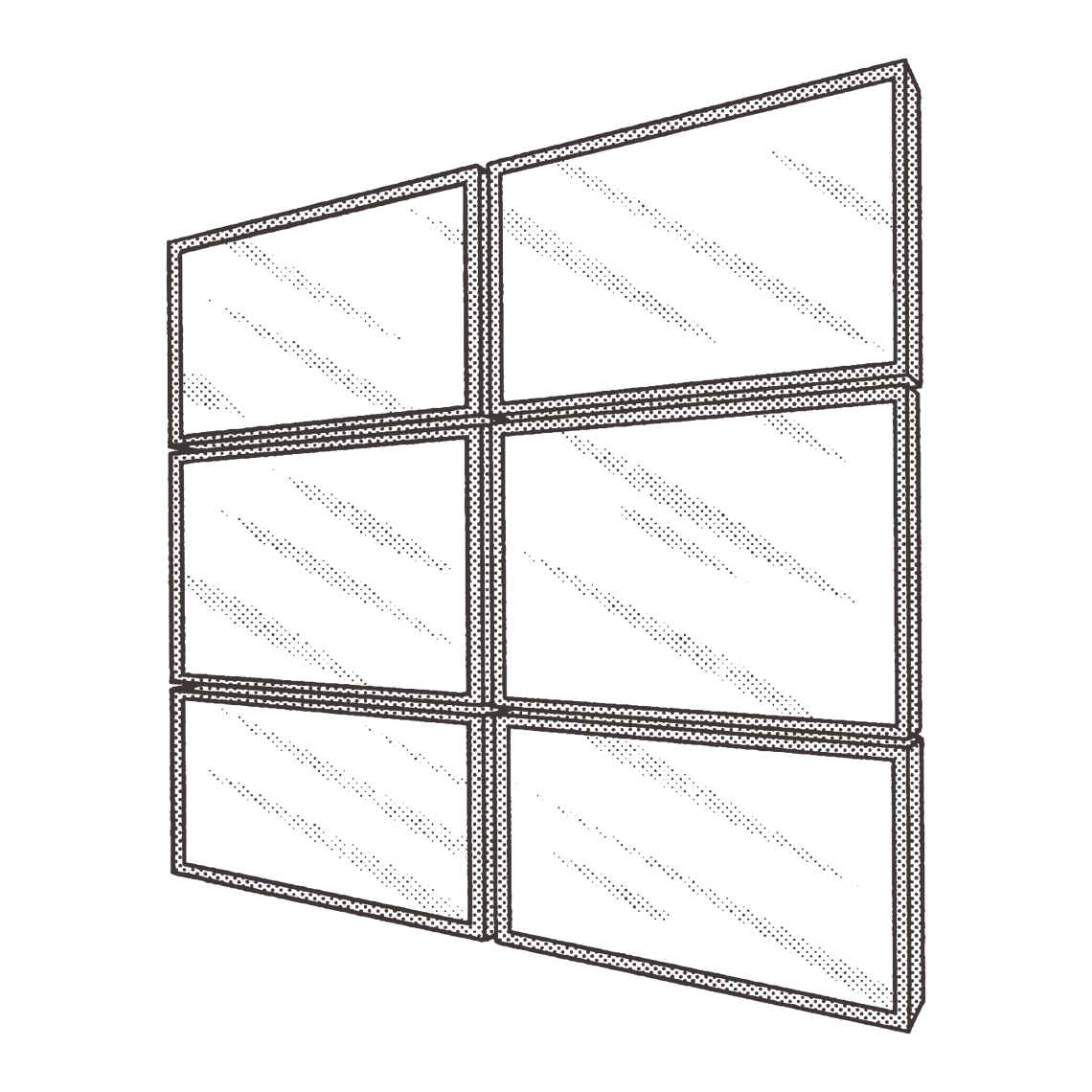The Applied Research Building (ARB) is a highly specialized, one-of-a-kind, 89,000-square-foot facility that pairs new applied research capabilities with state-of-the-art equipment and technology and brings together several interdisciplinary university programs under one roof.
It will provide regionally unique capabilities for the university, allow for expansion of industry and advanced manufacturing partnerships, and turn research and discovery into practical, real-world solutions that produce societal impact.
Thermal Vacuum Chamber
Anechoic Chamber
Laboratory for Advanced and Additive Manufacturing
Imaging Technology Laboratory
Mission Operations Center
The CubeSat Laboratory
Space Materials Curation Facility
High Bay Facility
The Applied Research Building in the News
Featured Coverage
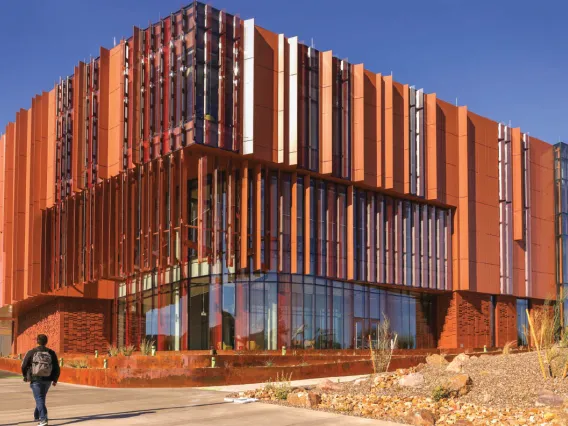
Mission Control: University of Arizona Applied Research Building houses space institute, future endeavors
January 30, 2024
The 89,000-square-foot University of Arizona Applied Research Building expands the university's already considerable research capabilities thanks to state-of-the-art equipment and technology, including a 40-ton thermal vacuum chamber used to replicate the conditions in outer space – the largest of its kind at any university in the world.
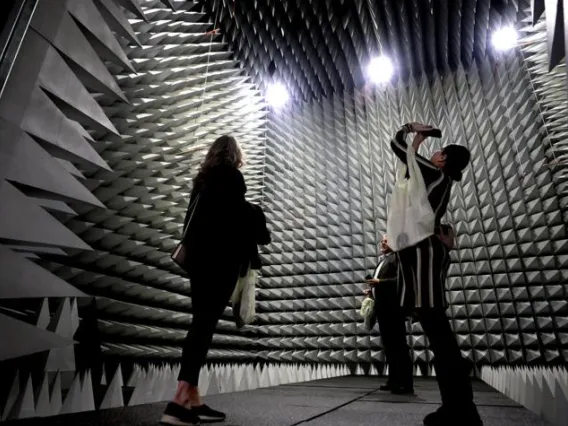
The University of Arizona's $85M Applied Research Building opens
Photo by Kelly Presnell
April 7, 2023
The University of Arizona celebrated the grand opening of its Applied Research Building Wednesday. Eight departments among four colleges—including the College of Medicine – Tucson—will have dedicated space there.
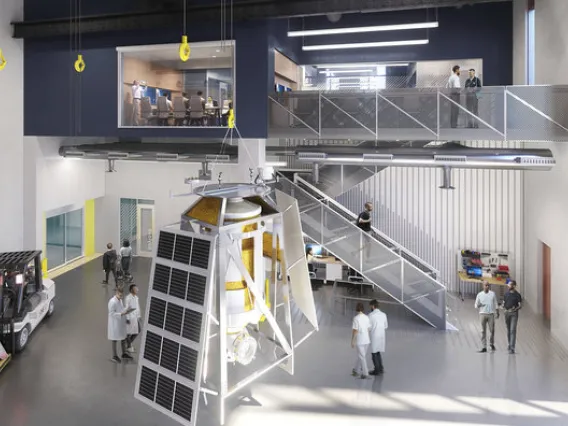
As bold and wonderous as space exploration itself
"Radical in design, the building itself is a highly calibrated machine, uniquely suited to house complex and sensitive research demands with optimal performance in its desert environment. "
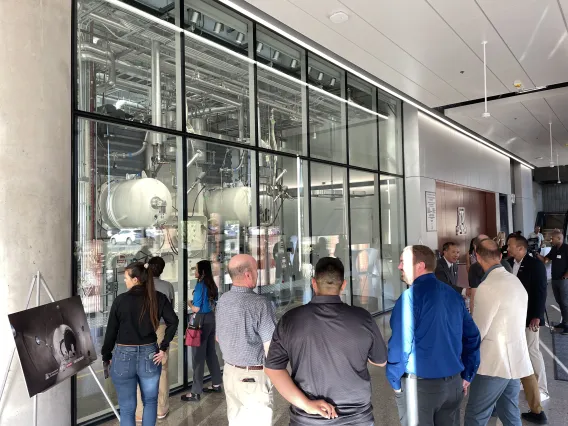
Largest Thermal Vacuum Chamber at any University in the World Now Operational at University of Arizona
October 3, 2024
The Applied Research Building offers an unmatched environment for spacecraft and instrument testing.
More News Coverage
What Does It Take to Install a 40-Ton Thermal Vacuum Chamber for Space Simulations?The $85 million Applied Research Building (ARB) at the University of Arizona in Tucson was recently recognized by the Design-Build Institute of America as the 2024 Project of the Year. | Read the story |
University of Arizona Launches World's Largest Thermal Vacuum Chamber within Collegiate ResearchNov 12, 2024 The U of A recently unveiled the Applied Research Building's (ARB) Thermal Vacuum (TV) Chamber, the world's largest of its kind housed within a collegiate research facility. Weighing 40 tons and extending 30 feet, the TV Chamber is designed | Read the story |
Transforming research into realitySept 30, 2024 Arizona's public universities leverage Regents’ Grant funding to commercialize innovative technologies, boost state's economy | Read the Story |
World's largest university thermal vacuum chamber now operational at University of ArizonaOct 3, 2024 | Watch the video on KVOA-TV |
Thermal vacuum chamber located at UAOct 3, 2024 News 4 Tucson spoke with Erika Hamden. | Watch the Footage |
Arizona Public MediaApril 6, 2023 Tony Perkins reports for AZPM | |
Arizona Public MediaApril 6, 2023 Paula Rodriguez reports for AZPM | |
New University of Arizona Applied Research Building Furthers Space ResearchApril 23, 2023 The University of Arizona marked the completion of construction and opening of the $85 million Applied Research Building (ARB), a one-of-a-kind advanced research facility that further solidifies and advances the university’s reputation in space research. | |
ARB Video Footage
Video footage by McCarthy Building Companies, Inc. | |
Arizona Daily StarApril 5, 2023 Spectacular photos from the Arizona Daily Star | |
Robert Zimmerman: Behind the BlackApril 6, 2023 "the most fascinating moment during this grand opening tour of the ARB came when I went up to the cubesat laboratory. There, a student [...] described his own cubesat project, aimed at tracking the transits of a known exoplanet in order to demonstrate the capability of cubesats to do such work." | |
Gallery: U of A opens Applied Research BuildingApril 5, 2023 The University of Arizona celebrated the grand opening of its Applied Research Building Wednesday. The event included tours of the new facility, a celebratory event and remarks from University of Arizona President Robert C. Robbins, Senior Vice President for Research and Innovation Elizabeth "Betsy" Cantwell, University of Arizona Space Institute Director Tim Swindle, and Associate Vice President for Planning, Design and Construction and University Architect Peter Dourlein. | |
Inside the Applied Research BuildingA two part series about the Applied Research Building Learn about a laboratory for assembling high-altitude balloons, a chamber that simulates conditions in space, an echo-free room for testing antennae performance, ARB's Imaging Technology Laboratory, Mission Operations Center, and Advanced Manufacturing Laboratory. | |
Student-built satellite uses 'beach ball' for an antennaMarch 6, 2023 CatSat is a small satellite carrying a new communications concept – an inflatable antenna – into space. The project provides a rare opportunity for students at the University of Arizona to get hands-on experience with spaceflight technology. | |
University of Arizona's $85M building to advance science, engineering researchJuly 5, 2021 The University of Arizona broke ground on an $85 million Applied Research Building set to bring together several programs under one roof. | |
Construction Begins on U of A's New Applied Research BuildingJune 29, 2021 Construction of the University of Arizona's new $85 million, three-story Applied Research Building began today as crews broke ground on the 89,000-square-foot facility. The new building at the southeast corner of East Helen Street and North Highland Avenue will connect researchers across four colleges and eight departments. | |
UA's Space Program Brings in Big BucksFebruary 9, 2023 An economic impact that rivals the Super Bowl. | |
How University of Arizona students are preparing for careers guiding space missionsJanuary 20, 2021 University of Arizona students are getting their own unmanned satellite ready for launch. | |
University of Arizona opens new research facility dedicated to space scienceApril 9, 2023 "Standing at three stories tall, the facility is expected to continue UA’s research in space science and related fields." | |
KOLD-TV SegmentApril 5, 2023 KOLD-TV Segment ARB Opens | |
KVOA-TV SegmentApril 5, 2023 KVOA-TV Segment ARB Opens | |
The John Bachelor Show
A conversation about the ambitious scope of the Applied Research Building. |


